The common perception is that America is a country paved with highways, freeways, and other vast roadways – and may even have some they’ve invented, for all we know. The image of the car-dependent American is a powerful one, and it’s not entirely false. When American’s need to venture further than their cars will take them, they usually opt for a plane. Then upon arrival, they rent a car – their lives seem to be lived behind the wheel. However, this isn’t representative of the whole country. Many areas in Europe also rely heavily on cars over public transportation. In fact, America is an incredibly diverse land, not solely made up of suburbs and endless roads. The northeast, for example, shares many similarities with Europe where in some regions, government-owned vehicles are the oddity, not the standard. High-speed trains operate daily, linking Washington DC to Boston, and places like the Midwest (Chicago), Cascadia (Seattle, Portland), and California (San Francisco and LA) actually have extensive public transport networks – it’s just that these don’t make the headlines as much. It’s entirely realistic to live in the US and never need to drive a car. Here are 25 American cities where owning a vehicle isn’t necessary.
Featured Image: wikipedia
Los Angeles, California
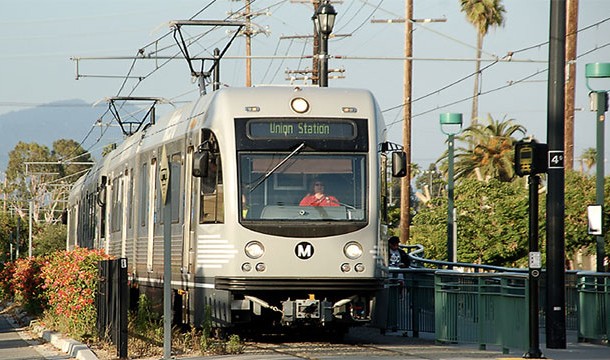 Source: wikipedia, Image: wikipedia
Source: wikipedia, Image: wikipedia Ok, hear us out. We know, it’s the epitomy of car culture, but depending on where you live in LA, you can actually make it work. Between car sharing, uber, metro, light rail, and busses, it is possible. Maybe not your preference, but it’s possible.
Hartford, Connecticut
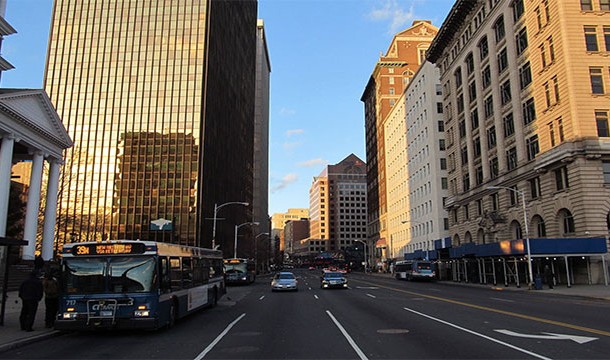 Source: wikipedia, Image: wikipedia
Source: wikipedia, Image: wikipedia While it’s not the first place you think of going without a car, between buses, walking, and biking, it is possible to make it work.
Cambridge, Massachusetts
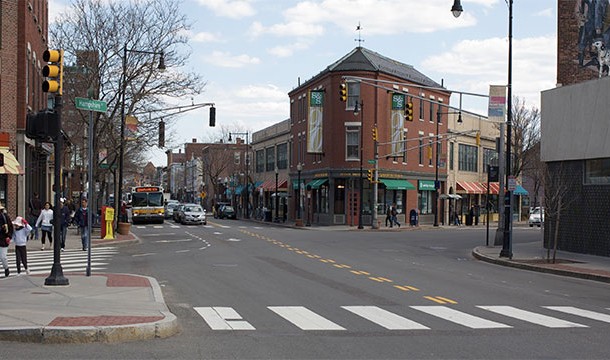 Source: wikipedia, Image: wikipedia
Source: wikipedia, Image: wikipedia Thanks to being in the Boston metropolitan area, living here without a car is not a problem.
Arlington, Virginia
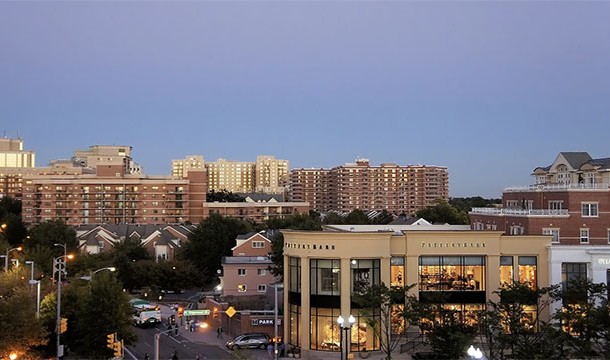 Source: wikipedia, Image: wikipedia
Source: wikipedia, Image: wikipedia Being so close to the nation’s capital, Arlington shares lively neighborhoods with great transport options. It’s an ideal place to live without a car.
Sacramento, California
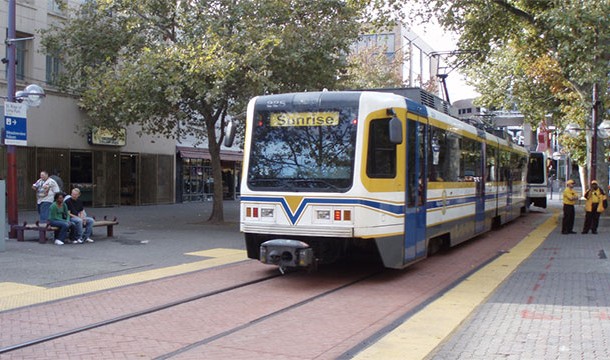 Source: wikipedia, Image: wikipedia
Source: wikipedia, Image: wikipedia Thanks to being highly bikeable and walkable, along with decent light rail and bus systems, it is definitely possible to live in Sacramento without a car.
Oakland, California
 Source: wikipedia, Image: wikipedia
Source: wikipedia, Image: wikipedia Located in the Bay Area, the region is known for having above average walkability. And in spite of Oakland’s bad rep, it has cleaned up a lot. These days it is a vibrant city with arts, culture, and of course, sunshine. The best neighborhoods for going car free are Downtown and Laney College.
Charlotte, North Carolina
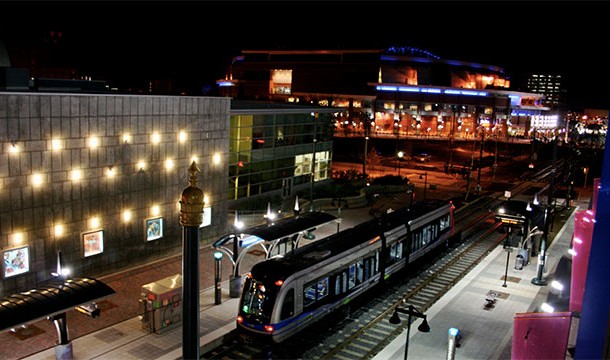 Source: wikipedia, Image: wikipedia
Source: wikipedia, Image: wikipedia It’s not the best place in the world to go carless, but it is certainly possible. You just have to make sure you are close to the public transport (bus, light rail). Neighborhoods like Plaza Midwood are the best.
Twin Cities, Minnesota
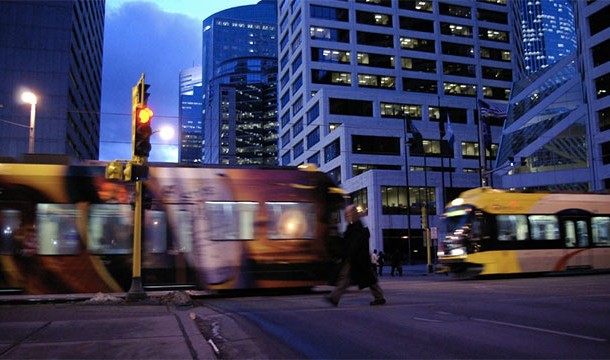 Source: wikipedia, Image: wikipedia
Source: wikipedia, Image: wikipedia Between light rail, busses, and walking, there are many parts of this metropolis in which a car wouldn’t be necessary. The farther you get from the center though, the harder it will be.
Milwaukee, Wisconsin
 Source: wikipedia, Image: wikipedia
Source: wikipedia, Image: wikipedia This will largely depend on where you live in the metro area. North Point, Murray Hill, and Juneau Town are some of the best when it comes to walkability.
Newark, New Jersey
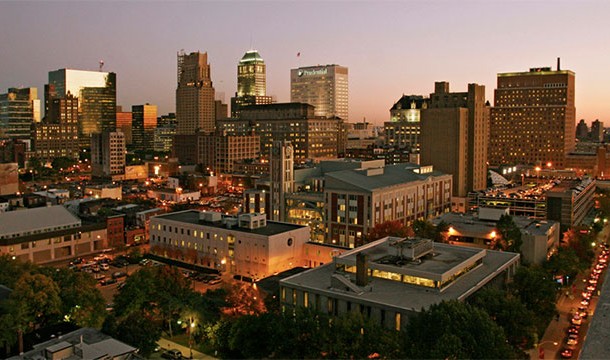 Source: wikipedia, Image: wikipedia
Source: wikipedia, Image: wikipedia Although it’s not as well connected as some of the other New Jersey cities on this list, New Jersey is one of the densest states in the union, so it’s not a surprise that it would show up on this list so much. Pro-tip: the closer you get to NYC, the better the transport gets.
New Haven, Connecticut
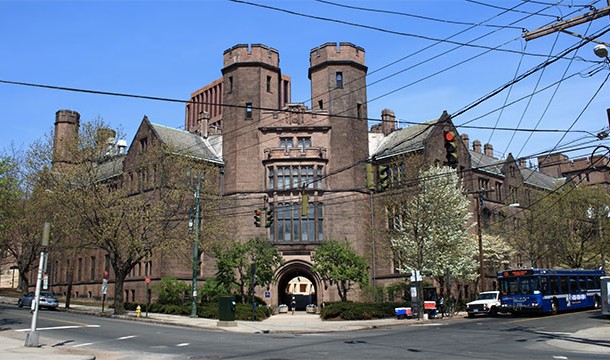 Source: wikipedia, Image: wikipedia
Source: wikipedia, Image: wikipedia Two things make New Haven navigable without a car – its compactness, and the fact that it is a university town (Yale). Bikes and busses would be the preferred alternative forms of transport here.
If you are enjoying this list, you may also enjoy these 25 most pedestrian friendly cities.
Hoboken, New Jersey
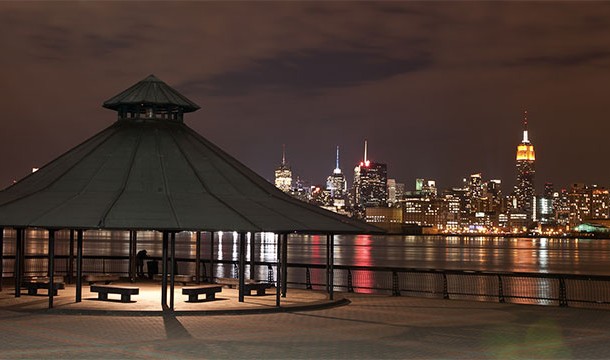 Source: wikipedia, Image: wikipedia
Source: wikipedia, Image: wikipedia This little city is right across from downtown NYC and as you may suspect, its neighborhoods are extremely well connected to public transport.
Jersey City, New Jersey
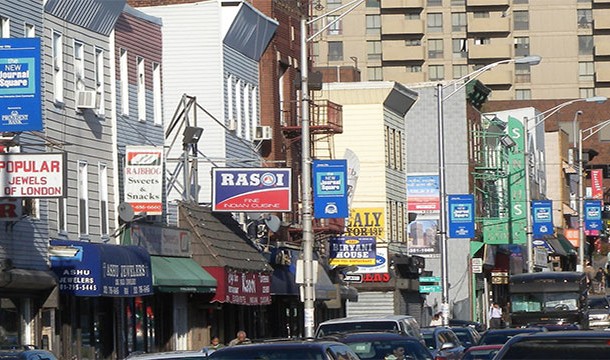 Source: wikipedia, Image: wikipedia
Source: wikipedia, Image: wikipedia Full of young professionals who commute to Manhattan everyday, Jersey City is a great place to get by without a car. And you’ve got a great view of downtown!
Buffalo, New York
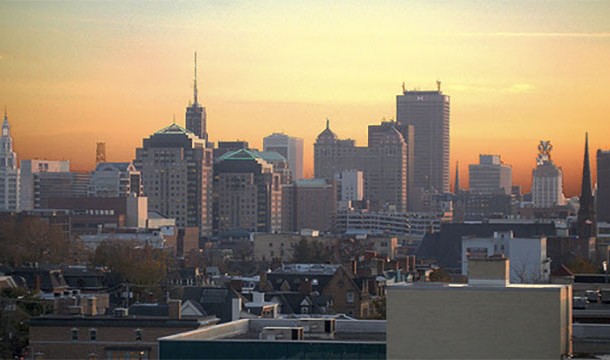 Source: wikipedia, Image: wikipedia
Source: wikipedia, Image: wikipedia Although car used is dominant in the city, there are many areas where you won’t need a vehicle. Light rail and busses will do the trick.
Portland, Oregon
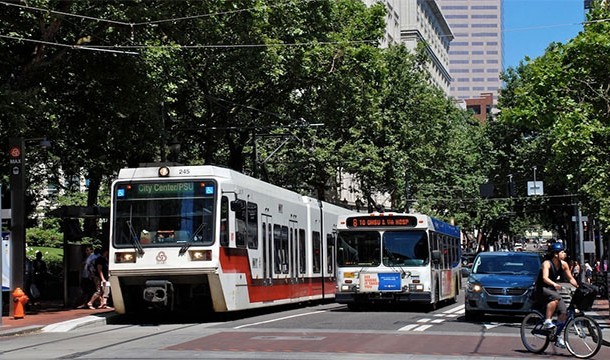 Source: wikipedia, Image: wikipedia
Source: wikipedia, Image: wikipedia Unless you are living in the suburbs, many neighborhoods are very well connected. Downtown, the Pearl District, and Northwest Portland are three of the best.
Baltimore, Maryland
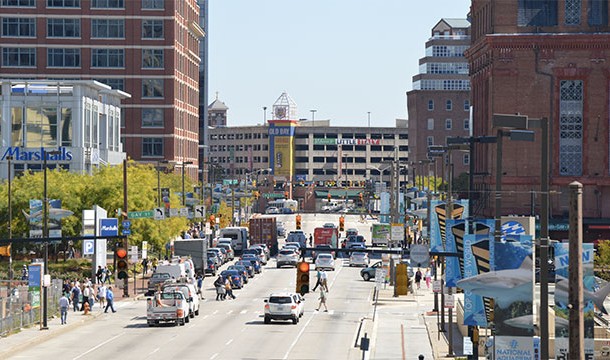 Source: wikipedia, Image: wikipedia
Source: wikipedia, Image: wikipedia Depending on where you live, having a car might be more of a hassle in Baltimore than going car free. The bus and light rail are pretty good.
Miami, Florida
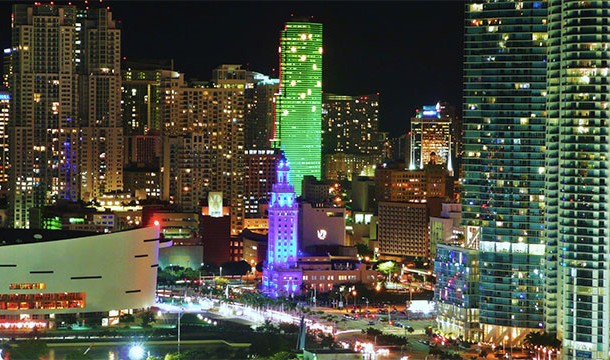 Source: wikipedia, Image: wikipedia
Source: wikipedia, Image: wikipedia As long as you live in Brickell, Downtown, or South Beach, your need for a car will be limited to visiting friends in the suburbs.
Boston, Massachusetts
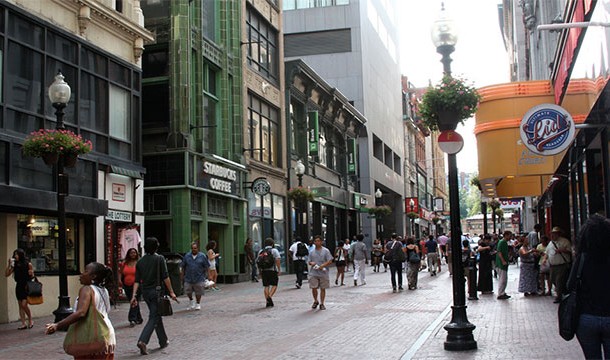 Source: wikipedia, Image: wikipedia
Source: wikipedia, Image: wikipedia You’ll probably notice that many of the cities on our list can be found in the northeast corridor, and Boston is no exception. Living here without a car isn’t much of a problem.
Denver, Colorado
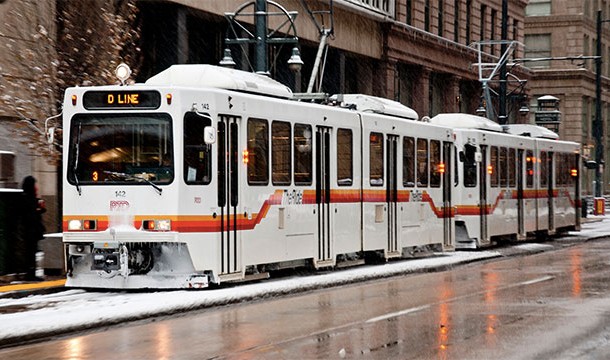 Source: wikipedia, Image: wikipedia
Source: wikipedia, Image: wikipedia Although it’s not the first city that comes to mind when considering car-free living, Denver has a relatively well developed public transit system. You can even get into the nearby Rocky Mountains via train.
Seattle, Washington
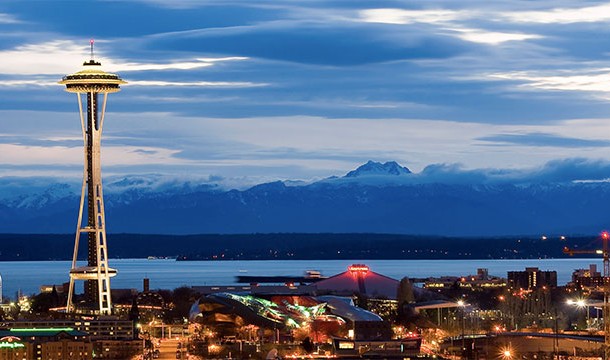 Source: wikipedia, Image: wikipedia
Source: wikipedia, Image: wikipedia Seattle is an extremely compact and easy to navigate city. There are even some ways to get into the nearby mountains (like in Denver) using public transport. Europeans and others seem to have little trouble acclimating here.
Philadelphia, Pennsylvania
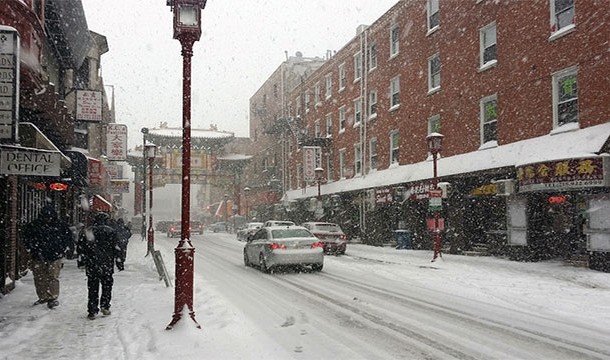 Source: wikipedia, Image: wikipedia
Source: wikipedia, Image: wikipedia Like most major cities, unless you plan on living in some distant suburbs, within the city itself you can easily get around. Philly has always ranked high for its walkability.
San Fransisco, California
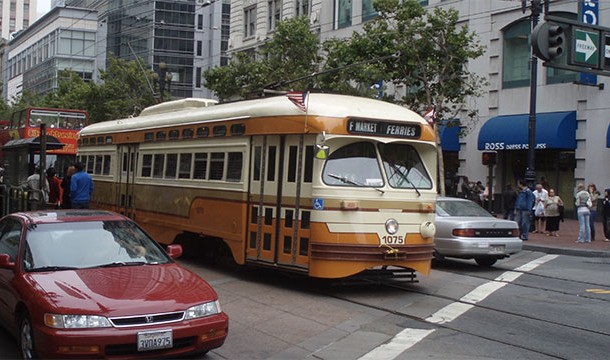 Source: wikipedia, Image: wikipedia
Source: wikipedia, Image: wikipedia Except for some outlying neighborhoods, public transport in the Bay Area is relatively good. Just remember, the closer you get to downtown San Fransisco, the less you will need a car.
Chicago, Illinois
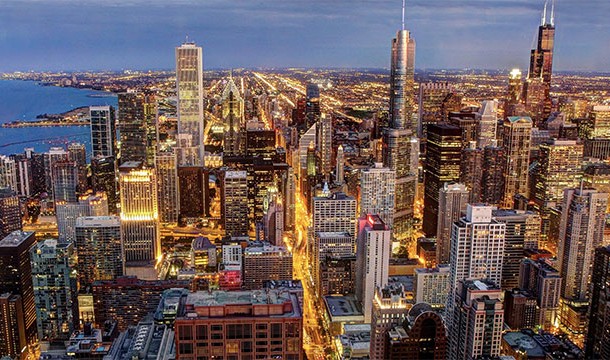 Source: wikipedia, Image: wikipedia
Source: wikipedia, Image: wikipedia The New York City of the midwest, Chicago is proud of its transport (Chicago Transit Authority). Most neighborhoods can be accessed by metro, bus, or foot.
Washington DC
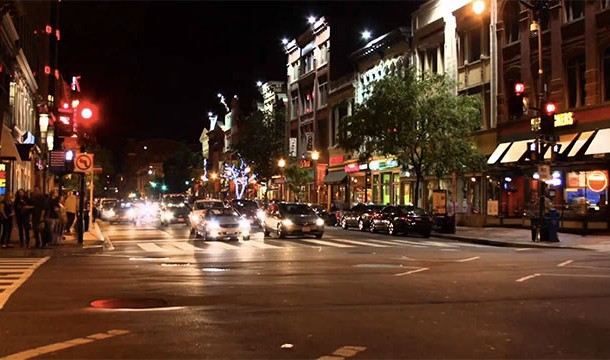 Source: wikipedia, Image: wikipedia
Source: wikipedia, Image: wikipedia The nation’s capital is extremely well connected. The metro runs all the way to the airport and most of the suburbs can be accessed by by public transport.
New York City, New York
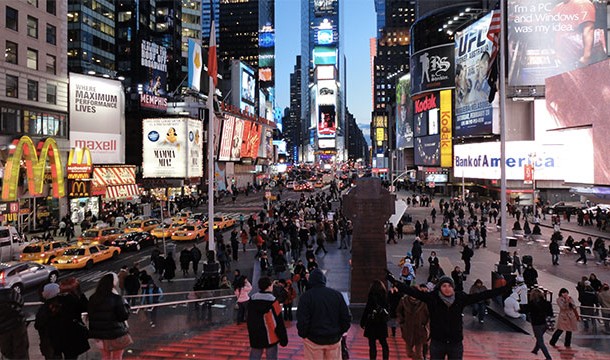 Source: wikipedia, Image: wikipedia
Source: wikipedia, Image: wikipedia Of course, the Big Apple comes first. Here, owning a car is the exception and not the norm.



























